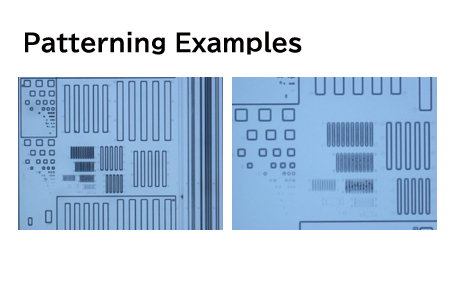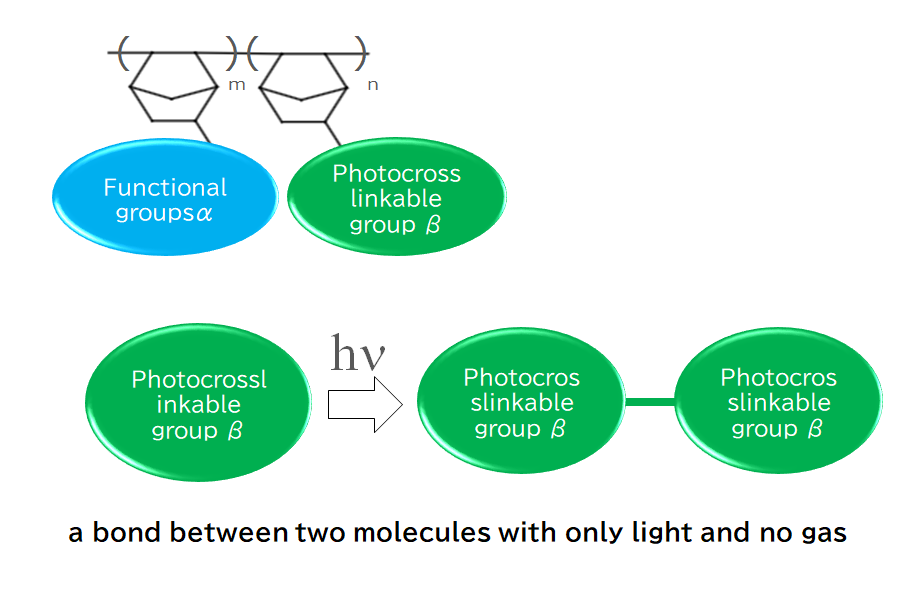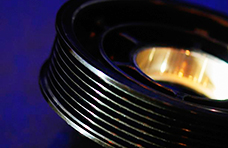May 14, 2024
Tokyo, Japan - May 14, 2024 Sumitomo Bakelite Co., Ltd. (TOKYO: 4203 HQ: Shinagawa-ku, Tokyo, President and Representative Director: Kazuhiko Fujiwara) announced that it has developed an additive polymer (Cyclo-Olefin Polymer; COP) and an additive copolymerized cyclo-olefin polymer (Cyclo-Olefin Copolymer; COC), and launched as the SUMILITERESIN®PRZ Series.
This product has features derived from the aliphatic cyclic main chain, such as high transparency, high Tg (glass transition point), high rigidity, low dielectric constant, and low water absorption. By adding functions through polymerization technology, it has features such as solvent resistance, developability, curability due to cross-linking groups, and flexibility.
Background
Recently, with the miniaturization and multifunctionalization of information and communication devices, the properties required for polymer materials have diversified year by year. More and more general-purpose polymer products are unable to meet the diversifying characteristics required, and more highly functional materials are required.
Cyclo-Olefin Polymers (COP) SUMILITERESIN®PRZ Series
|
Cyclo-olefin polymers (Below, COP) consist mainly of cyclic hydrocarbons called cyclo-olefin. Cyclo-olefins are characterized by their aliphatic cyclic main chain and high thermal and light stability, high transparency, high Tg (glass transition point), high rigidity, low dielectric constant, and low water absorption durability. It is used in a wide range of applications, including food packaging, pharmaceutical packaging, automotive parts, and optical materials. Our company's cyclo-olefin polymer has properties derived from its aliphatic cyclic main chain and is particularly excellent in heat resistance. Our unique copolymerization technology enables us to add a variety of functions that cannot be satisfied by general-purpose resins. |

Cyclo-olefin Polymers (COP) |

Additionally, the heat-free light-curing COP can be cured at room temperature, improving the freedom of device design. We are in the process of preparing products that comply with laws and regulations, such as the PFAS-free COP, which is another developed product.

|
Examples of intended uses
Can be deployed in various applications with distinctive functions. |
Potential uses of COP
The desired function can be obtained by designing the side chain functional group according to the application. For example, by introducing the functional group suitable for the resist application, the application to the positive and negative alkali development patterning material becomes possible.
Example of use according to application
Negative photosensitive film
As a negative photosensitive film, it can be used for photoresist such as semiconductors and displays, and it exhibits effective functions as a negative resist. By attaching alkali-soluble or cross-linkable groups to functional groups, it exhibits functions as a resin for a negative resist.
By irradiating UV through a mask, a photocrosslinkable curing reaction can also be applied. Negative patterns can be formed by alkali development after exposure.
・Photocurable, high transparency, high heat resistance

|

|
| Formulation: Acrylic resin, photo-radical generator, curing accelerator, surfactant | ||
|---|---|---|
| Item | Condition | Data |
| Residual film ratio (after curing) | 230°C, 60min in Air | 84% |
| Light transmittance | 230°C, 60min λ=400nm | 89% |
| TGA | Td5, degC | 309 |
| (measurement conditions) Substrate:Glass, FT:3.0um, PAB: 100°C,120sec, Exposure:Mask Aligner (ghi broadband), Dev:0.5%TMAH, 60sec, 23°C, Cure:230°C, 60min |
||
Note: Values in this catalog are representative values.
Application Example
Non-Heated Photocuring New COP Low Temperature Process Possible
|
The aliphatic cyclic main chain has excellent thermal stability, so-called high Tg, high pyrolysis point, and various other features such as low water absorption and excellent light transmittance. The characteristic of this COP is that it can cure without generating gas only by light. This results in a very clean photo-crosslinked polymer without the need for heat, acids, bases, radicals and other generators. In addition, it has features of low dielectric loss tangent and low dielectric, low water absorption and high heat resistance, making it possible to support low-temperature curing processes on organic films such as PET films, and can be used in places where conventional processes requiring high temperatures would have been difficult. Patterning is also possible, and solvent development with PGMEA, etc. |
・Photocurability, high heat resistance 
|
| Example of characteristics (Film formation, after UV irradiation) | |
|---|---|
| Item | Example of characteristic value |
| Refractive index | 1.54 |
| TGA Td10 | 420°C @N2 |
| Volumetric resistivity | >1016Ω・cm |
| Water absorption rate | <0.1% |
| Permittivity ε | 2.66 @1kHz |
| 2.60 @1kHz | |
| dielectric loss tangent tanδ | 0.0047 @1kHz |
| 0.0052 @1MHz | |
Note: Values in this catalog are representative values.
- Resin (heat/acid/base/radical-free) capable of forming crosslinked structure only by introducing photocrosslinkable group β
- Patterning If necessary, solvent development
- It is possible to control the performance by various types of copolymerization and ratios.
Future
The market for COP is expanding year by year, and demand is expected to expand in many fields. Our company expects sales of 5 billion yen/year in the future, and aims to expand further applications.
Related Information
For inquiries on this information
Material Solutions Sales Division, Sumitomo Bakelite Co., Ltd.


